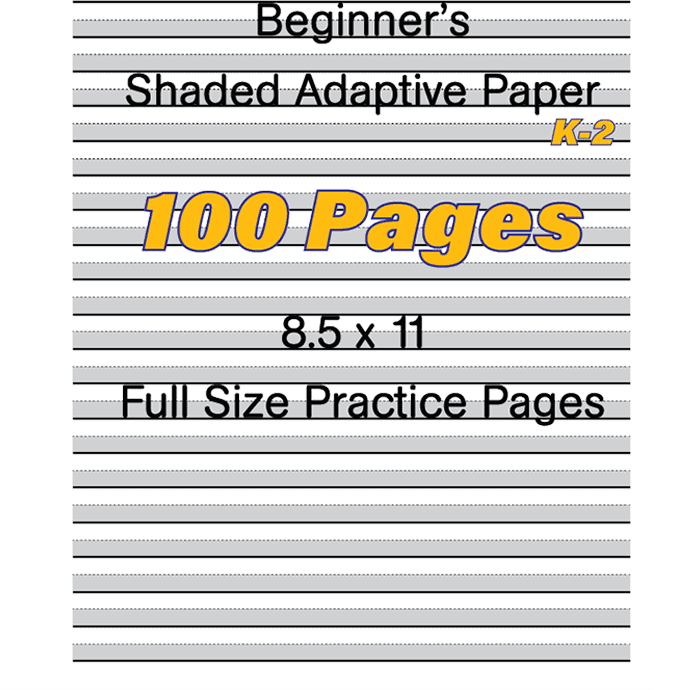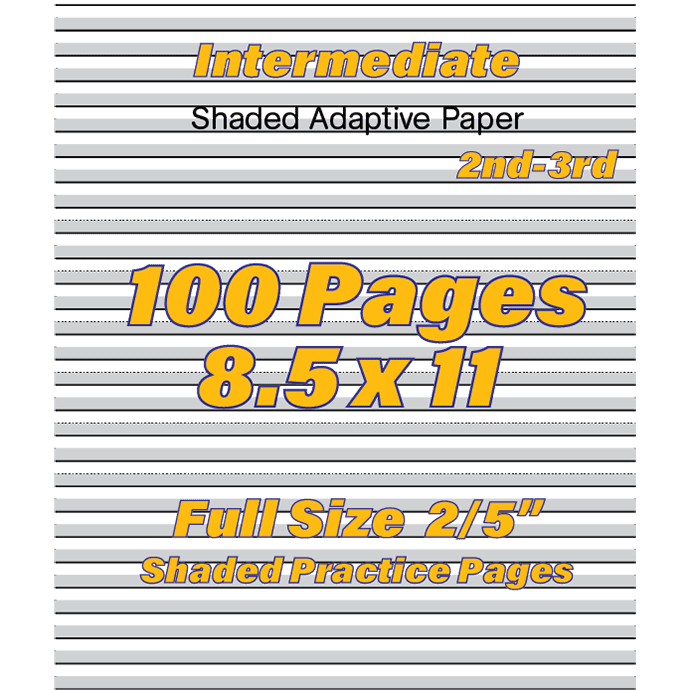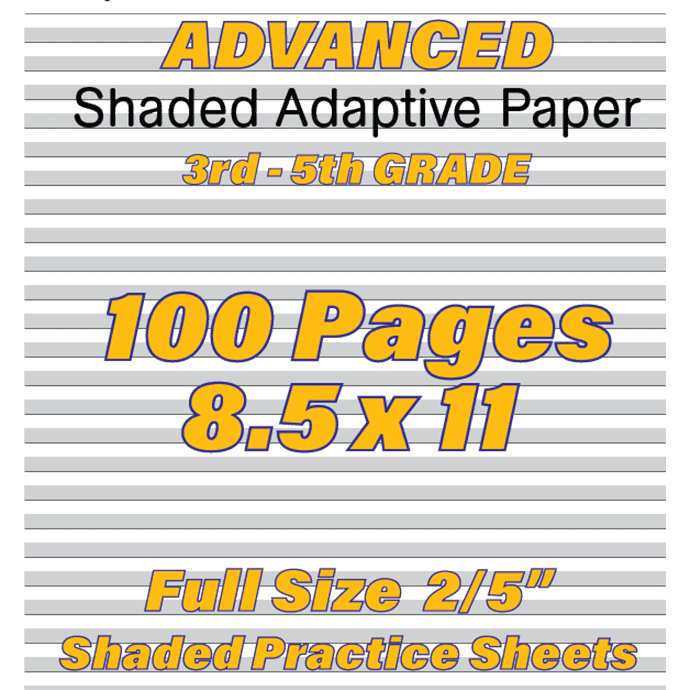Understanding Their Impact on Handwriting

Handwriting is a complex skill that requires fine motor coordination, spatial awareness, and cognitive processing. For individuals with dysgraphia, dyspraxia, or autism, these processes can be significantly more challenging. Understanding the differences between these conditions and their impact on handwriting is essential for providing effective support. This post explores how each condition affects handwriting and learning to write, their relationship to one another, and offers tailored tips for teaching handwriting to individuals with these challenges.
What Is Dysgraphia, Dyspraxia, and Autism?
Dysgraphia

Dysgraphia is a learning disability that specifically affects writing skills. As a result, it can lead to difficulties with letter formation, spacing, and holding a writing tool. Individuals with dysgraphia often struggle with messy handwriting, inconsistent letter sizes, and trouble writing legibly or efficiently.
Dyspraxia
Dyspraxia is a motor coordination disorder that affects the ability to plan and carry out movements. Because of this, it can impact both gross motor skills (e.g., walking) and fine motor skills (e.g., handwriting). People with dyspraxia may find it difficult to control their hand movements or maintain proper posture while writing.
Autism

Autism spectrum disorder (ASD) primarily affects communication, social interaction, and behavior. However, many individuals with autism also experience fine motor challenges that affect handwriting. These difficulties often overlap with symptoms of dysgraphia or dyspraxia due to shared issues with motor planning and sensory processing.
The Relationship Between Dysgraphia, Dyspraxia, and Autism
Research shows a significant overlap between these conditions. Up to 50% of individuals with autism also have dyspraxia. Similarly, dysgraphia is commonly seen in people with autism due to shared challenges in fine motor coordination and sensory integration. While these conditions are distinct, they often coexist and compound handwriting difficulties.
How Dysgraphia, Dyspraxia, and Autism Affect Handwriting
- Dysgraphia: Leads to poor letter formation, inconsistent spacing, and difficulty maintaining legibility over time.
- Dyspraxia: Causes trouble with pencil grip, fluid hand movement, and overall coordination during writing tasks.
- Autism: Can result in irregular letter sizing, poor spatial awareness on the page, and difficulty translating thoughts into written words.
Tips for Teaching Handwriting to Individuals with Dysgraphia
- Use Adaptive Tools: Provide pencil grips or weighted pens to improve control.
- Incorporate Multisensory Activities: Practice forming letters in sand or clay to build muscle memory.
- Provide Structured Paper: Use lined or graph paper to guide letter placement.
- Allow Extra Time: Give students additional time for writing tasks to reduce pressure.
- Encourage Typing: Introduce touch-typing as an alternative for longer assignments.
Tips for Teaching Handwriting to Individuals with Dyspraxia
- Focus on Fine Motor Skills: Incorporate activities like threading beads or using tweezers to strengthen hand muscles.
- Break Tasks into Steps: Teach letter formation step-by-step to simplify the process.
- Use Slanted Surfaces: Provide slant boards or angled desks for better wrist positioning.
- Practice Short Sessions: Keep practice sessions brief to avoid fatigue.
- Encourage Visual Cues: Use arrows or guides to show proper letter directionality.
Tips for Teaching Handwriting to Individuals with Autism
- Start With Hand Exercises: Use grip-strengthening activities like squeezing stress balls.
- Provide Visual Supports: Use templates or visual guides for consistent letter formation.
- Reduce Sensory Overload: Minimize distractions in the environment during practice.
- Offer Positive Reinforcement: Celebrate small successes to build confidence.
- Adapt Tools as Needed: Experiment with different pens or paper types based on sensory preferences.
Supporting All Learners
Understanding the unique challenges of dysgraphia, dyspraxia, and autism is key to helping individuals develop strong handwriting skills. By tailoring techniques and tools to their specific needs, you can empower learners of all abilities to succeed in writing.
Sponsored: Here is a selection of some of our specialty paper handwriting workbooks. They provide guided lines that make it easier for learners suffering from the conditions described in this post.
We receive a small commission on sales of our handwriting products which allow us to keep this site completely free.


